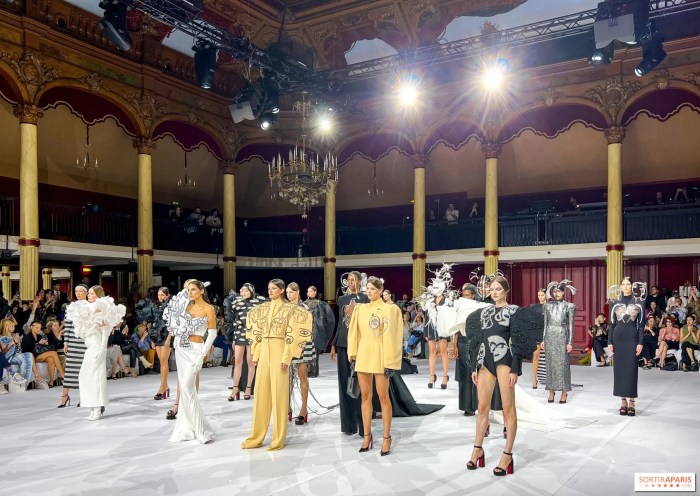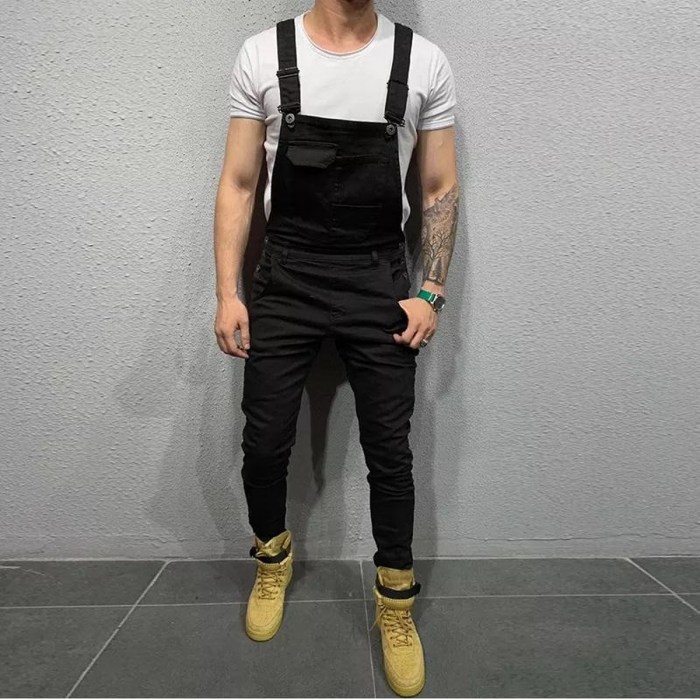Defining “Casual” in the 1930s
Casual 1930s mens fashion – The 1930s presented a nuanced understanding of “casual” menswear, distinct from both preceding and succeeding eras. The decade’s economic hardships and evolving social attitudes significantly shaped men’s attire, blurring the lines between formal and informal wear in ways previously unseen.
Societal Context and Casual Attire
The Great Depression profoundly influenced 1930s fashion. Economic constraints led to a greater emphasis on practicality and durability in clothing. Simultaneously, a growing leisure culture, fueled by the rise of cinema and the automobile, fostered a demand for comfortable and stylish clothing suitable for a wider range of activities beyond the traditional confines of work and formal events.
This created a space for more relaxed styles to emerge.
Casual Wear: A Comparison Across Decades
Compared to the previous decades, 1930s casual wear exhibited a shift away from the stiff formality of Edwardian and Victorian styles. The overly structured suits and starched collars gave way to softer fabrics and more relaxed silhouettes. While still maintaining a level of refinement, the emphasis shifted towards comfort and practicality, reflecting the changing social landscape and the need for clothing suitable for both work and leisure.
Social Settings for Casual Clothing
Casual clothing in the 1930s was appropriate for a variety of social settings. Weekends at home, sporting events, informal gatherings with friends, and even some business meetings (depending on the profession and context) all saw the adoption of more relaxed attire. The lines were not always sharply defined, allowing for a more flexible approach to dressing than in previous eras.
A Hypothetical 1930s Casual Wardrobe
A 1930s man engaging in various casual activities might own a wardrobe including the following:
| Activity | Clothing Items |
|---|---|
| Weekend at Home | Corduroy trousers, knitted cardigan, comfortable slippers, flannel shirt |
| Sporting Event | Flannel trousers, tweed jacket, loafers, newsboy cap |
| Informal Gathering | Gabardine trousers, button-down shirt, knitted tie, leather loafers |
| Casual Date | Pleated trousers, a well-fitting sports jacket, a crisp shirt, and polished oxfords. |
Key Garments and Accessories
Several key garments and accessories defined casual menswear in the 1930s. These items, characterized by their comfort, durability, and adaptability, reflected the era’s blend of practicality and style.
Essential Garments
Essential garments included comfortable trousers (flannel, corduroy, gabardine), versatile shirts (flannel, cotton, chambray), and sweaters (cardigans, pullovers). The Norfolk jacket, known for its practicality and comfort, gained popularity, as did the more relaxed sports jacket.
Fabrics and Patterns
Common fabrics included durable cotton, soft flannel, warm wool, and hard-wearing gabardine. Patterns ranged from simple solids to subtle checks, stripes, and argyle patterns. The overall aesthetic tended towards understated elegance rather than loud or ostentatious displays.
Evolution of Casual Styles
The Norfolk jacket, with its boxy shape and practical details, exemplified the blend of comfort and style sought after in 1930s casual wear. The cardigan sweater, easily layered and comfortable, also rose in popularity, providing warmth and a relaxed look.
Accessories
Accessories played a significant role in completing a casual 1930s outfit. They added personality and style without sacrificing comfort.
- Fedora hats
- Leather belts
- Loafers
Influences on Casual Style: Casual 1930s Mens Fashion
Several factors shaped the development of casual menswear in the 1930s. The influence of Hollywood, socioeconomic disparities, and the rise of sportswear all played significant roles.
Hollywood’s Impact
Hollywood stars, often seen in relaxed yet stylish attire both on and off-screen, greatly influenced casual fashion trends. The effortless cool of actors like Cary Grant and Clark Gable popularized certain styles and garments, making them aspirational for men across various socioeconomic groups.
Casual 1930s men’s fashion often featured relaxed silhouettes and comfortable fabrics, a stark contrast to the more formal styles of previous decades. This laid-back approach to menswear subtly foreshadows many contemporary trends, and understanding its nuances offers valuable insight into the evolution of style. For a deeper exploration of timeless menswear principles that transcend eras, consider the broader context of mature men’s fashion , which shares a similar emphasis on quality and understated elegance.
Returning to the 1930s, the emphasis on comfortable yet stylish clothing remains a key characteristic of the era’s casual menswear.
Socioeconomic Differences
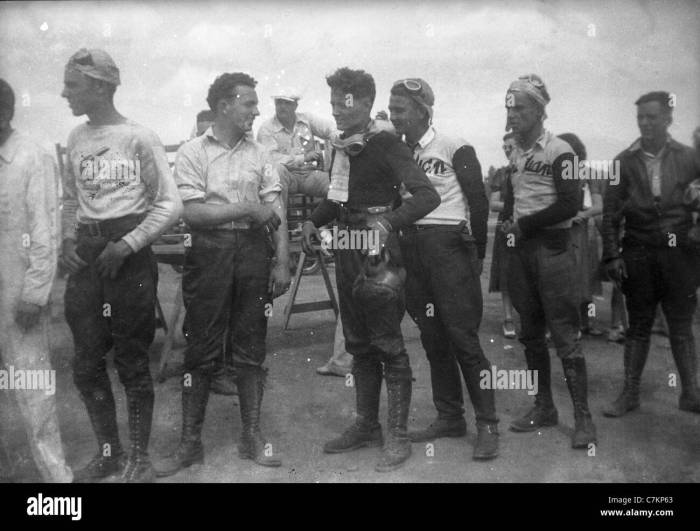
Source: alamy.com
Casual styles varied across socioeconomic classes. Wealthier men might have opted for finer fabrics and more tailored garments, while working-class men prioritized durability and practicality. However, the overall trend toward comfort and functionality transcended class boundaries to a significant degree.
The Influence of Sportswear
The growing popularity of sports and outdoor activities fueled the development of comfortable and functional sportswear. This influence is evident in the adoption of relaxed trousers, comfortable sweaters, and practical jackets designed for both leisure and athletic pursuits.
A Timeline of Casual Menswear
While pinpointing exact dates is difficult, a general timeline might show a gradual shift towards more relaxed styles throughout the 1930s. The early years still retained some formality, while the late 1930s saw a greater embrace of comfort and casual elegance.
Color Palettes and Patterns
The color palettes and patterns of 1930s casual menswear reflected both the era’s economic realities and its evolving social attitudes. Subtlety and understated elegance were preferred over bold or flashy displays.
Dominant Color Palettes
Earthy tones like browns, greens, and grays were prevalent, alongside navy blues and muted creams. These colors were practical, versatile, and reflected the era’s emphasis on functionality. A sophisticated palette might include deep navy, charcoal grey, forest green, and beige. A more rustic palette could feature various shades of brown, olive green, and cream.
Popular Patterns
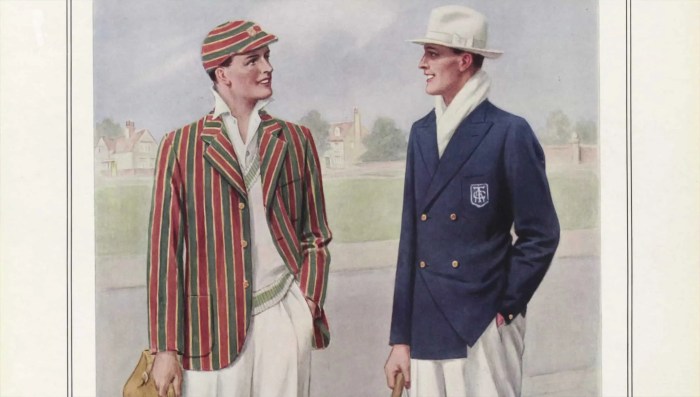
Source: gentlemansgazette.com
Subtle patterns like small checks, fine stripes, and argyle designs were common. These patterns added visual interest without being overly distracting or showy. Larger patterns were less common, reflecting the overall emphasis on understated elegance.
Symbolism and Social Connotations
While not as overtly symbolic as in some other eras, color choices often conveyed a sense of practicality and understated sophistication. Darker colors like navy and brown were associated with professionalism and reliability, while lighter colors suggested a more relaxed and informal approach.
A Mood Board of 1930s Casual Color Palettes
Imagine a mood board showcasing a range of 1930s casual palettes. One section features a sophisticated palette of deep navy, charcoal grey, forest green, and beige, evoking a sense of refined masculinity. Another section showcases a more rustic palette, featuring various shades of brown, olive green, and cream, suggesting a connection to nature and a more relaxed lifestyle. A third section might contrast these two, highlighting a palette that incorporates both earthy tones and subtle pops of color like burgundy or mustard yellow.
Casual Wear in Popular Culture
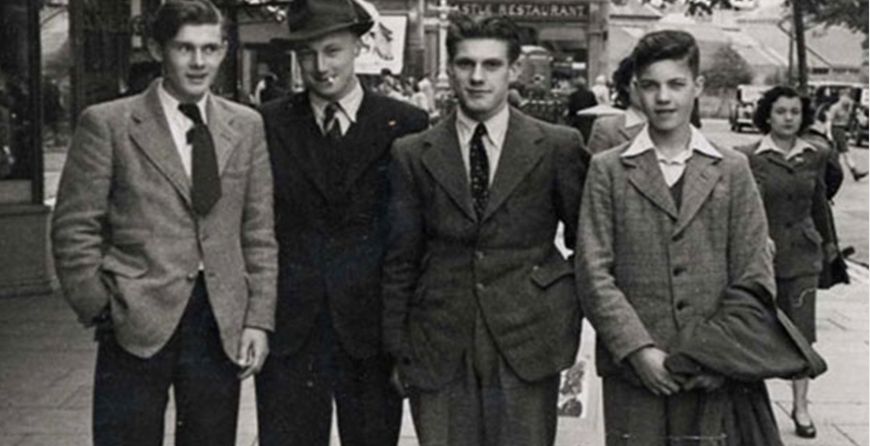
Source: cloudfront.net
1930s casual menswear was extensively depicted in photographs, films, literature, and advertising, offering valuable insights into the era’s fashion trends and social dynamics.
Casual Wear in Photographs and Film, Casual 1930s mens fashion
Photographs from the era often show men in relaxed attire during leisure activities. Images might depict men playing golf or relaxing at home in comfortable sweaters and trousers. Films of the time, particularly those featuring leading men, often showcase stylish yet relaxed outfits that influenced popular fashion. Consider a scene depicting a leading man in a well-fitting tweed jacket and corduroy trousers, strolling through a park, his casual elegance subtly conveying both sophistication and ease.
Casual Clothing in Literature and Advertising
Literature and advertising of the 1930s frequently portrayed men in casual clothing, reflecting the evolving social norms and the growing emphasis on leisure and comfort. Advertisements for men’s clothing often featured images of men engaged in recreational activities, wearing outfits that were both stylish and practical. Literary works might describe characters wearing comfortable sweaters and trousers, showcasing the increasing acceptance of casual attire in various social settings.
Casual Attire and the Changing Social Landscape
The increasing acceptance of casual attire in the 1930s reflects broader societal changes, including the rise of a leisure culture and the evolving understanding of masculinity. The move towards more comfortable and functional clothing demonstrates a shift away from the rigid formality of previous decades, mirroring a growing emphasis on individual expression and a more relaxed social atmosphere.
Commonly Asked Questions
What were common casual activities for men in the 1930s?
Common casual activities included weekend relaxation at home, attending sporting events, going for walks, and socializing with friends at informal gatherings.
Were there regional variations in casual 1930s menswear?
Yes, regional differences existed, particularly in terms of fabric choices and specific garment styles. Climate and local traditions played a role in shaping regional variations.
How did the Great Depression impact casual menswear?
The Great Depression led to a focus on more practical and durable fabrics and simpler styles. Elaborate details were often minimized in favor of functionality and longevity.
What were some popular casual footwear choices for men in the 1930s?
Popular casual footwear included loafers, oxfords, and brogues, often in leather.

